| Structure | Name/CAS No. | Articles |
|---|---|---|
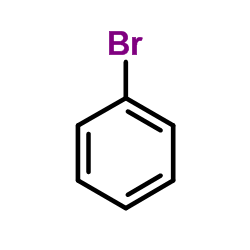 |
Bromobenzene
CAS:108-86-1 |
|
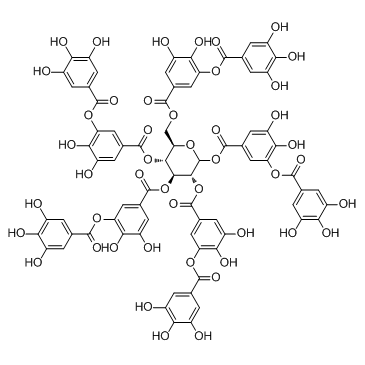 |
Tannic acid
CAS:1401-55-4 |
|
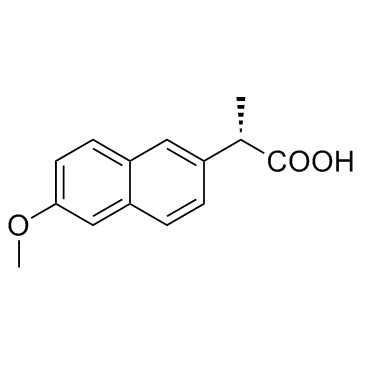 |
Naproxen
CAS:22204-53-1 |
|
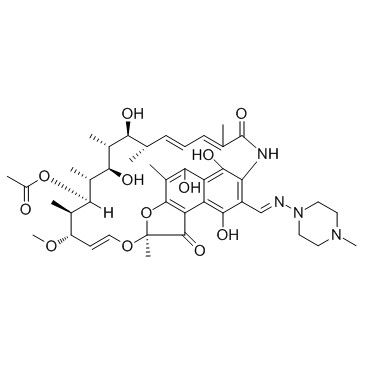 |
Rifampicin
CAS:13292-46-1 |
|
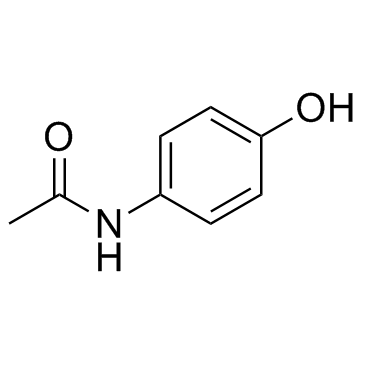 |
4-Acetamidophenol
CAS:103-90-2 |
|
 |
Ethanol
CAS:64-17-5 |
|
 |
Ethionine
CAS:13073-35-3 |
|
 |
Sulindac
CAS:38194-50-2 |
|
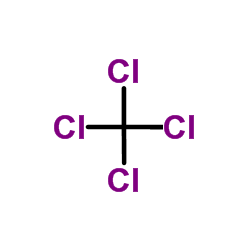 |
Carbon tetrachloride
CAS:56-23-5 |
|
 |
Famotidine
CAS:76824-35-6 |